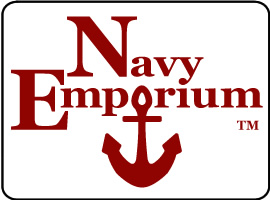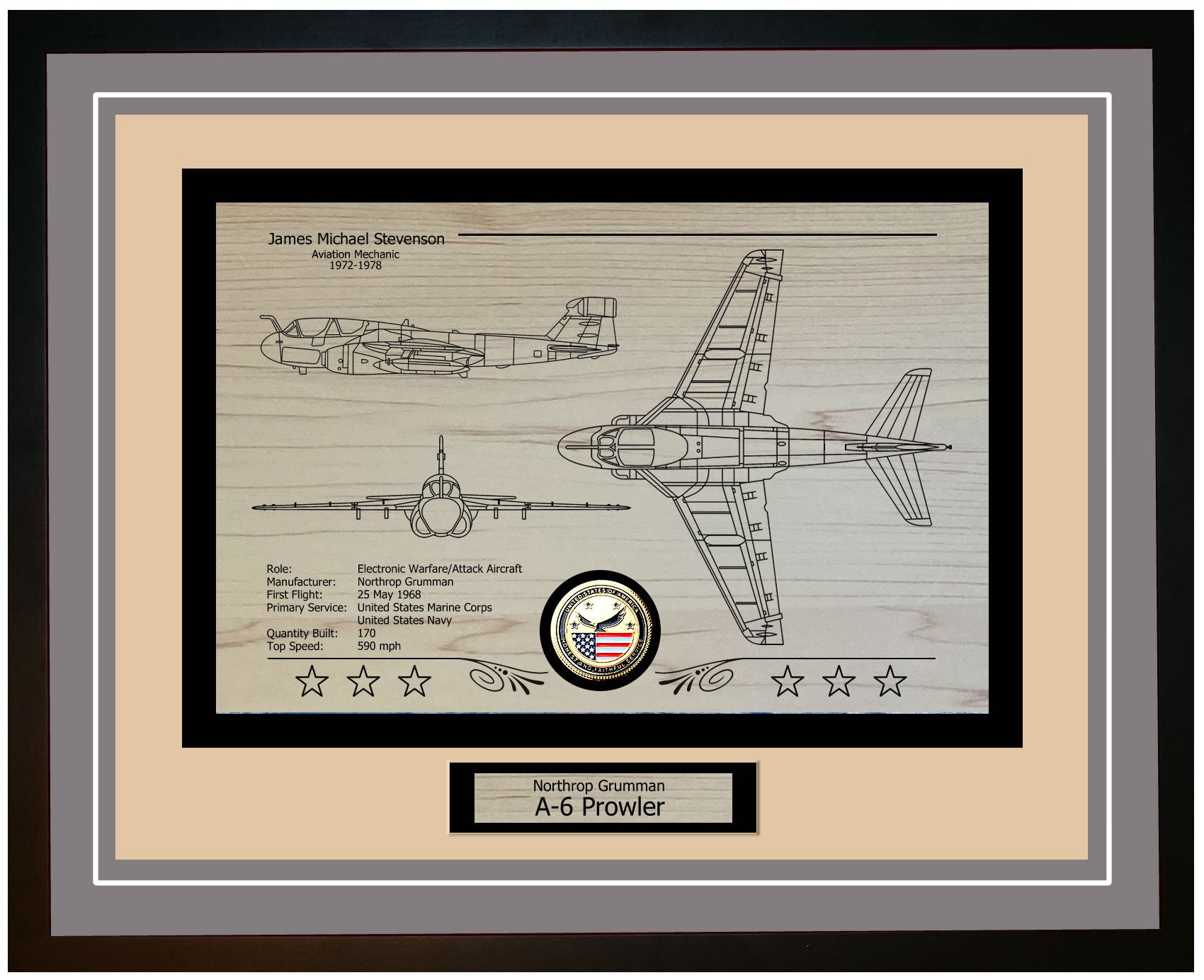The USS Lawrence C. Taylor (DE 415) was a destroyer escort of the John C. Butler class, built during World War II. Construction began on January 26, 1944, at the Brown Shipbuilding Company in Houston, Texas. The vessel was launched on March 18, 1944, and officially entered service in the United States Navy on July 13, 1944. The construction of the USS Lawrence C. Taylor was part of an initiative to rapidly expand the Navy's fleet to meet demands, particularly in the Pacific Theater. The ship's construction was completed within a short timeframe, highlighting the urgency and efficiency of shipbuilding operations.
The ship was named after Ensign Lawrence C. Taylor, an aviator who posthumously received the Navy Cross for his bravery during the Battle of Midway. Ensign Taylor's courage and sacrifice represented the valor and commitment of those who served in the Navy during World War II. Naming the ship in his honor was a tribute to his bravery and a reminder of the risks and personal sacrifices made during that conflict.
One notable aspect of the USS Lawrence C. Taylor was its armament and design, characteristic of destroyer escorts in the John C. Butler class. The ship was armed with two 5-inch guns, four 40mm aircraft guns, and ten 20mm anti-aircraft guns. It also had three 21-inch torpedo tubes and depth charge projectors, making it well-suited for fighting submarines. The ship's design focused on versatility and adaptability, allowing it to take on roles such as escorting convoys and conducting submarine patrols.
The USS Lawrence C. Taylor's impact on the US Navy is significant, showcasing the role of destroyer escorts during World War II. These ships played a crucial part in safeguarding convoys from submarine threats, ensuring the transportation of troops and supplies across the Atlantic and Pacific Oceans. The reliability and effectiveness of vessels like the USS Lawrence C. Taylor helped establish naval superiority and contributed to the eventual victory in the war. The ship's service exemplified how smaller, agile ships were strategically important in operations.
As a member of the John C. Butler class, the USS Lawrence C. Taylor was tailored for submarine warfare and convoy escort missions. While these ships were smaller and had less armament compared to destroyers, they excelled in speed and maneuverability. The John C. Butler class ships were known for their efficient use of space and resources, enabling rapid production and deployment. Named after Lieutenant John C. Butler, who lost his life during the Battle of Guadalcanal, these vessels aimed to address the growing threat posed by enemy submarines in a cost-effective manner.
The USS Lawrence C. Taylor's entry into service with the US Navy marked the beginning of its operational duties. Assigned to the Pacific Fleet upon commissioning, it engaged in tasks such as convoy escort missions, anti-submarine patrols, and support for landings. The crew underwent training to ensure preparedness for challenges, underscoring their dedication to contributing to the Allied war effort.
USS Lawrence C Taylor DE-415: A Technological Marvel of Naval Warfare
The USS Lawrence C. Taylor (DE 415) belonged to the John C. Butler class of destroyer escorts, a respected group recognized for its adaptable design during World War II. This vessel measured 306 feet long and 36.75 feet wide, with a draft of 13.5 feet, making it a compact yet powerful ship. Its hull was made of welded steel, offering both strength and a lighter weight compared to riveted designs. This sturdy construction allowed the ship to handle the challenges of the sea while maintaining the maneuverability crucial for its anti-submarine warfare and convoy escort missions.
In terms of technology, the USS Lawrence C. Taylor was equipped with advanced systems for its time. The ship operated using two General Electric turbo-electric drive engines that produced an output of 12,000 shaft horsepower. This propulsion system allowed the vessel to achieve speeds of up to 24 knots, which was impressive for its class. It also featured radar and sonar systems, such as the SL surface search radar and QHB sonar, used for detecting enemy submarines and surface vessels. The USS Lawrence C. Taylor effectively utilized this technology to carry out its escort and anti-submarine duties with precision.
Regarding its weaponry, the USS Lawrence C. Taylor was well-equipped to counter threats. Its primary armament included two 5-inch/38 caliber guns designed to engage surface and aerial targets. These guns were supported by a range of anti-aircraft weapons, such as two twin 40mm Bofors guns and ten 20mm Oerlikon cannons, providing strong defense against enemy aircraft during convoy escort missions. The ship also featured three 21-inch torpedo tubes for engaging surface targets when needed.
Notably, the ship's anti-submarine arsenal underscored its core mission of detecting and thwarting enemy submarines. It boasted two depth charge tracks and eight K-gun depth charge projectors, which could launch charges at varying distances to create a barrier against submarines. It was also equipped with a Hedgehog submarine mortar, a forward-throwing weapon that dispersed explosive projectiles designed to detonate upon contact with a submarine.
With its combination of depth charges and the Hedgehog system, the USS Lawrence C. Taylor was a formidable opponent against submarines, effectively safeguarding the convoys under its protection.
USS Lawrence C Taylor DE-415 Crew Member Reports of Time Aboard
The USS Lawrence C. Taylor (DE-415) holds a special place in the hearts of its former crew members, as evidenced by the heartfelt memories shared in its guestbook. Alfred Mitchell, who served as a radar man and was part of the commissioning crew in 1943, is fondly remembered by his brother. Alfred passed away in 1971, but his legacy lives on through the stories and reunions that brought together the ship's crew and their families.
Alfred's brother, who also served in the Navy aboard the USS Albert T. Harris (DE-447), recalls the numerous joint reunions they attended. These gatherings were not just about reminiscing but also about celebrating the camaraderie and shared experiences of those who served on these ships. The reunions took them to various cities across the United States, from Madison, Georgia, to Boston, Massachusetts, and San Francisco, California, among others. Each location added a new chapter to their collective memory, strengthening the bonds formed during their service.
The guestbook post also highlights the connections made with other crew members and their families. Alfred's brother extends a warm hello to Nick Poma, affectionately referred to as "The Kid," and a couple from Pekin, Illinois, whose names escape him but whose faces remain vivid in his memory. This couple is particularly notable because the husband earned a medal for his heroic actions during the Bismarck Sea tragedy. Additionally, he recalls another couple from Indiana, along with many others whose names he has forgotten but whose faces are etched in his mind.
These memories paint a picture of a close-knit community of veterans who, despite the passage of time, continue to honor their shared history. The guestbook serves as a testament to the enduring friendships and the profound impact that serving aboard the USS Lawrence C. Taylor had on their lives.
USS Lawrence C Taylor DE-415: Evolution of a Naval Guardian
The USS Lawrence C. Taylor (DE 415) underwent improvements throughout its service lifespan, boosting its effectiveness and prolonging its usefulness in the fleet. Initially put into service in 1944, the vessel was equipped with cutting-edge anti-submarine warfare (ASW) technology of that era, including depth charge projectors and Hedgehog anti-submarine mortars. Over time, the ship received upgrades to integrate advancements in radar and sonar systems for detecting and monitoring enemy submarines. These enhancements ensured that the USS Lawrence C. Taylor remained an asset in the Navy’s ASW arsenal, adapting to changing threats.
The USS Lawrence C. Taylor was primarily designed as an escort destroyer to safeguard convoys and larger ships from submarine and air assaults. Its strong ASW equipment, combined with its aircraft weaponry, made it a versatile platform suitable for various tasks. During World War II, the vessel played a significant role in the Pacific Theater, participating in operations like the Battle of Leyte Gulf and the Okinawa campaign. It was instrumental in protecting Allied ships, ensuring the success of critical missions.
After the war, the ship continued to serve as a training platform for new sailors and participated in naval activities during the Cold War era. Its reliability and adaptability made it a trusted asset for submarine warfare operations, significantly contributing to fleet readiness.
The USS Lawrence C. Taylor showcased the importance of escort destroyers in the U.S. Navy by demonstrating versatility and technological advancement. Its service history highlights the significance of maintaining a fleet that can adapt to changing maritime challenges, both in times of conflict and peace. This vessel's legacy underscores its role in safeguarding operations over many years.
Guardians of the Pacific: The Valor and Legacy of USS Lawrence C. Taylor DE-415
The USS Lawrence C. Taylor (DE 415) played a crucial role in critical operations during World War II. Launched in 1944, this destroyer escort was promptly deployed to the Pacific Theater. Its main duty involved safeguarding ships by providing submarine and anti-aircraft protection, a task it performed exceptionally well. Notably, the ship participated in the Battle of Leyte Gulf, an engagement that helped secure the Philippines from Japanese occupation. The presence of the USS Lawrence C. Taylor was vital in protecting aircraft carriers and other major vessels, enabling them to operate with reduced vulnerability to enemy threats from submarines and aircraft.
In addition to its role in the Battle of Leyte Gulf, the USS Lawrence C. Taylor actively participated in the Okinawa campaign, one of the most intense battles of the Pacific War. The ship's anti-aircraft defenses were tested as it fended off kamikaze assaults. Despite facing danger, the crew remained composed and efficient, contributing significantly to the capture of Okinawa. This crucial victory set the stage for the Allied invasion of Japan, highlighting the significant contributions of the USS Lawrence C. Taylor to the war effort.
The outstanding service of the USS Lawrence C. Taylor was duly acknowledged. Both the ship and its crew received accolades for their bravery and effectiveness in combat. Notable among these honors were battle stars recognizing their involvement in key battles and their overall performance throughout the war. The ship's prowess in submarine warfare was especially commended, establishing it as a formidable opponent against enemy submarines. These accolades underscored the ship's role in securing Allied triumphs in the Pacific Theater.
Following World War II, the USS Lawrence C. Taylor continued its service with distinction during the Cold War era. While not engaged in combat on the same scale as during World War II, it remained an important component of U.S. Navy operations aimed at upholding global maritime security. Engaging in training exercises and patrol missions, it ensured that its crew stayed prepared for potential conflicts. The legacy of the USS Lawrence C. Taylor is characterized by dedication and exceptional service, reflecting the U.S. Navy's commitment to safeguarding and defending national interests across international waters.
USS Lawrence C Taylor DE-415 Ship Specifications
| Specification | Details |
|---|---|
| Class | John C Butler Class Destroyer Escort |
| Commissioned | May 13, 1944 |
| Displacement | 1,745 tons |
| Length | 306 feet |
| Beam | 36.9 feet |
| Draft | 13.5 feet |
| Speed | 24 knots |
| Complement | 14 Officers 201 Enlisted |






